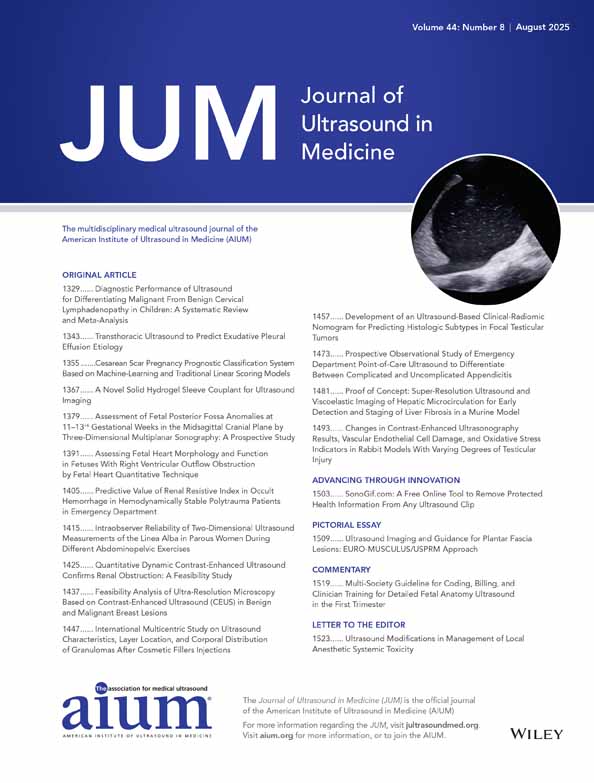Color Doppler Ultrasound Pattern of Cutaneous Exosomes at High and Ultra-High Frequency
All of the authors of this article have reported no disclosures.
Abstract
Exosomes are extracellular vesicles that play a crucial role in intercellular communication and are becoming an increasingly popular worldwide aesthetic procedure. To date, the ultrasound changes in the cutaneous layers generated by exosomes have not been reported. We present 3 cases that were ultrasonographically studied before and 3 months after the last exosome procedure, using high (24 MHz) and ultra-high (71 MHz) frequencies. The exosome regions were compared with the contralateral (non-treated) areas and adjacent tissues before and after application. Hyperechoic islets in the upper hypodermis and an increase in dermal vascularity were detected in these cases, forming a consistent pattern in the 3 cases at the exosome regions. This may be related to a mild degree of inflammation and neoangiogenesis in the treated regions. In 1 patient with alopecia, there was evidence of hair follicle growth at the exosome area. Further investigations are needed to examine the persistence of these changes over time and the impact of local trauma on the ultrasonographic abnormalities resulting from the application of these agents. The capability to identify ultrasonographic patterns in cutaneous exosomes may help discriminate them from abnormalities present in dermatologic diseases, particularly when patients do not provide a clear history, and monitor anatomical changes more objectively.




